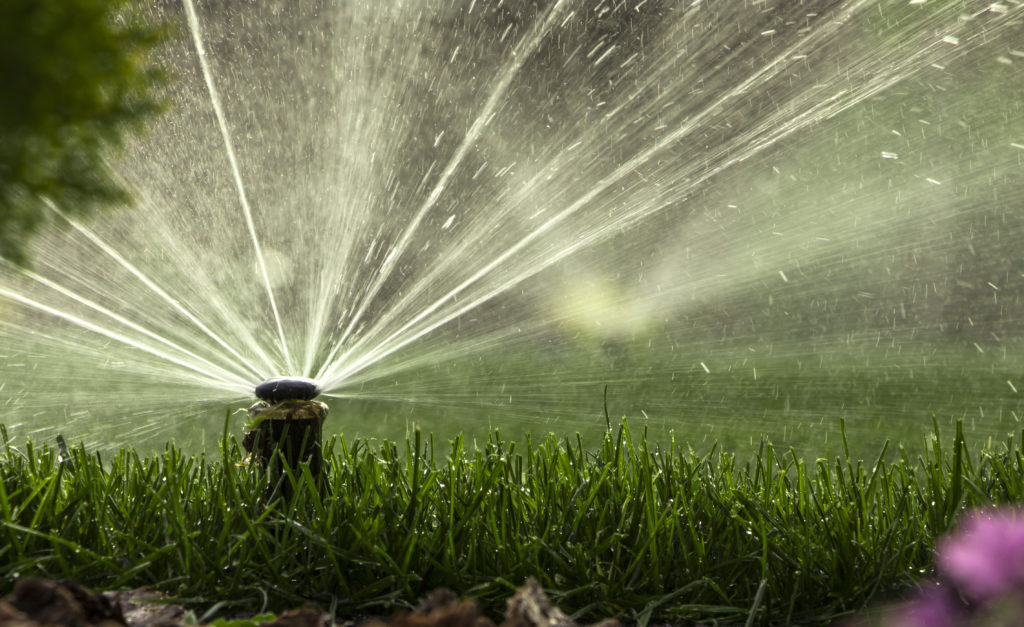Winter Irrigation Tips
As the temperatures drop, plants and grasses require much less water than they do during the summer. Because of this, water doesn’t evaporate as quickly, allowing the grass to retain it longer. Some grass species such as Bahia and St. Augustine grass become dormant during the winter, halting their growth until the temperature rises again. Although they become dormant, your landscape and shrubs still need water, which is why it’s important to understand how adjust your irrigation system during the Winter months to maintain a beautiful and healthy lawn.

How Frequently Should You Water?
The amount of water and frequency varies based on the type of grass, soil type, rainfall amount, geographical location, and season. It’s important to adjust your irrigation system to avoid over watering. Overwatering can increase the possibility of disease and buildup which can lead to a shorter root system. Overwatering also encourages the growth of specific weeds species such as dollarweed and sedge.
When Should I Water My Lawn?
It’s recommended to water your plants before 10 a.m. and after 4 p.m. This allows the water to have enough time to be absorbed into the soil without losing most of it to evaporation during the hottest part of the day. Because grass grows slowing during the winter, you may only need to water every two to three weeks.
In the winter months, St. Augustine grass with 6-inch roots can go without irrigation for as many as 10-28 days. University of Florida IFAS Extension recommends watering lawns on an “as-needed” basis, which can be determined by looking for the following signs:
- Leaf blades that are folded in half lengthwise to conserve water
- Grass that begins to have a blue-gray tint
- Footprints or tire tracks that remain visible on the grass
It’s important to check your irrigation system regularly to make sure it is operating properly and providing uniform coverage. Contact the experts at Massey Services for a free inspection by CLICKING HERE.